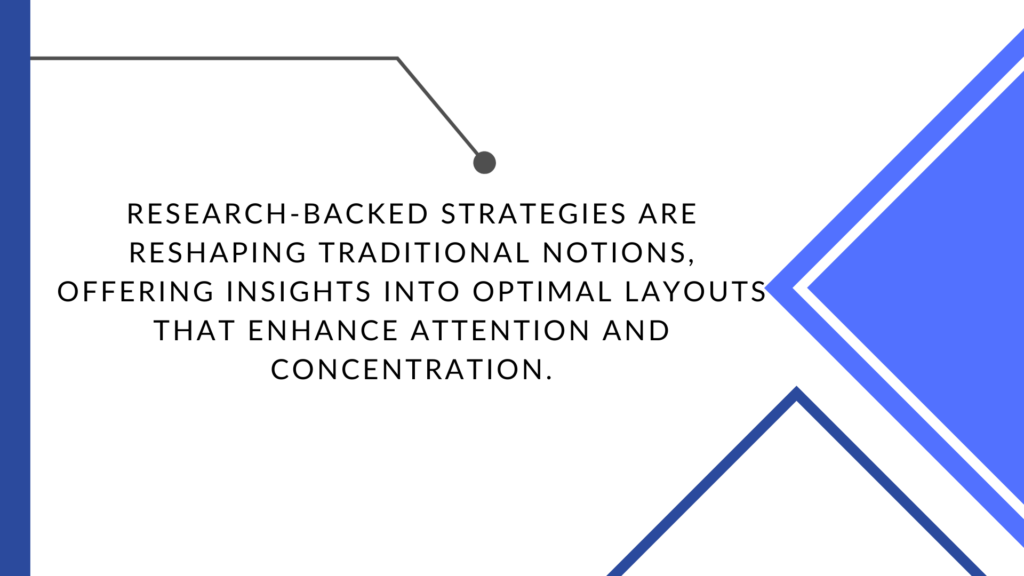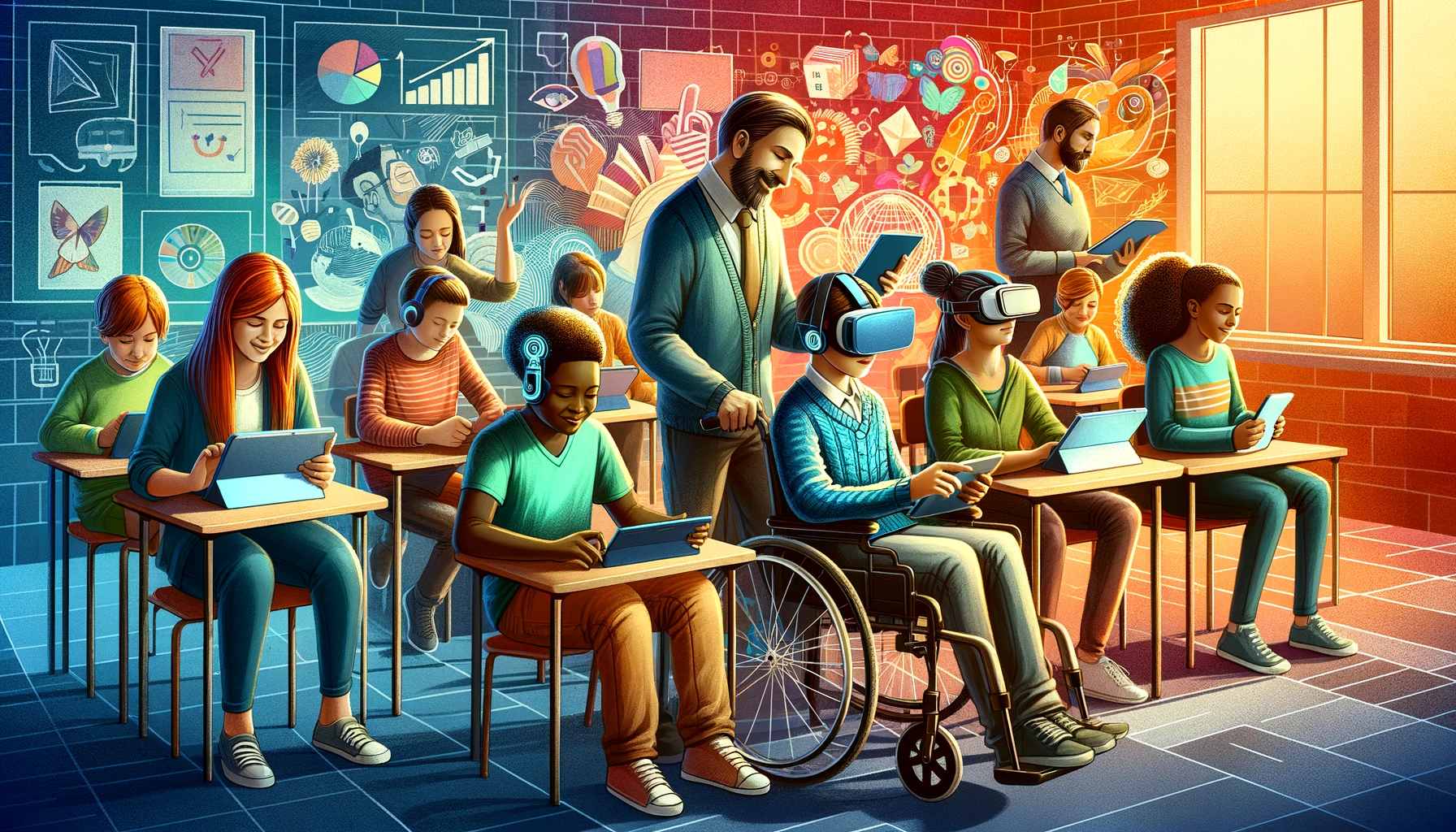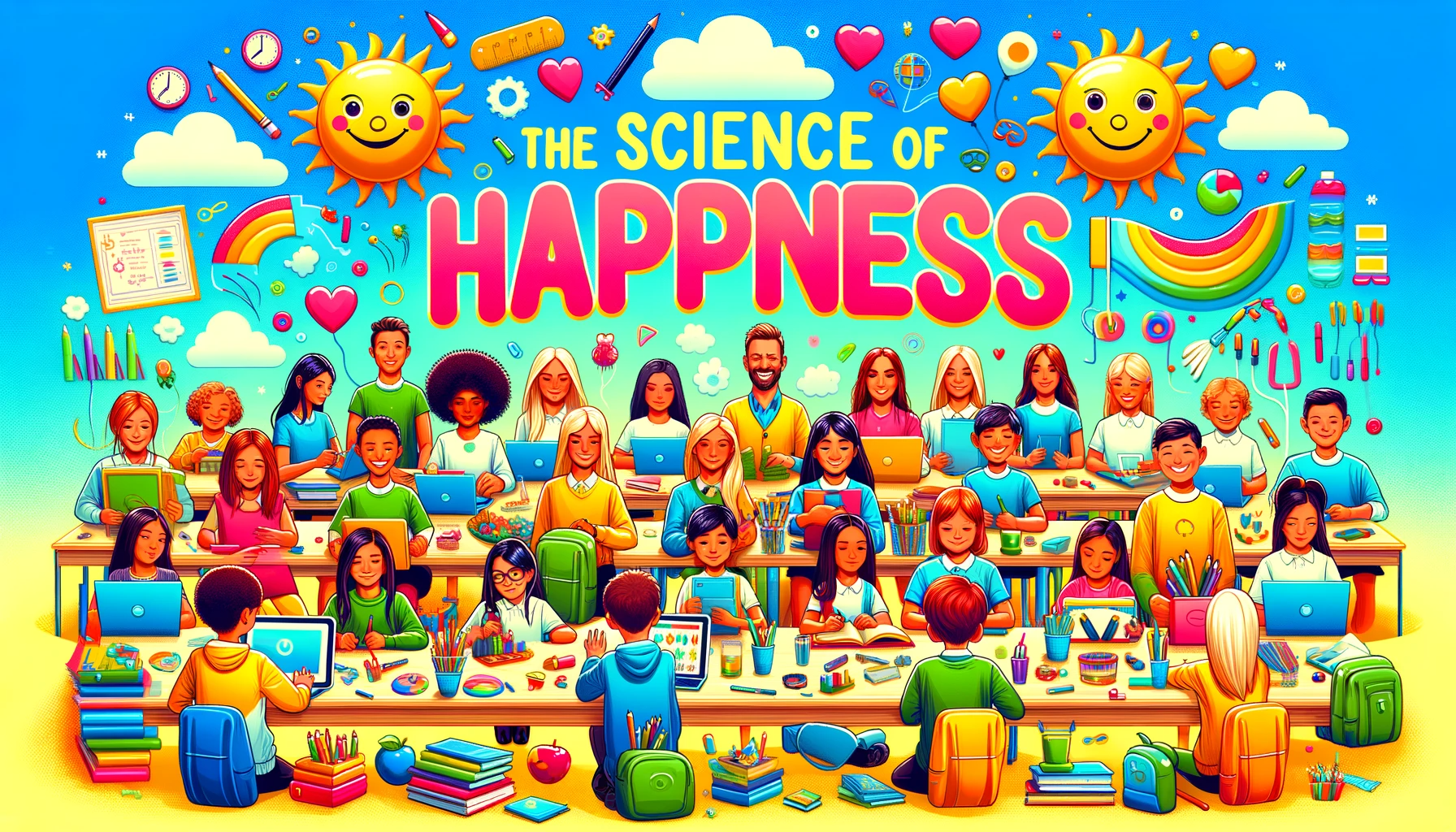
In the realm of modern education, classroom seating arrangements play a pivotal role in shaping the learning environment, impacting student engagement, and fostering effective teaching practices. As educational trends evolve, educators are recognizing the profound influence of spatial design on student focus and overall academic performance.
Innovative classroom furniture ideas are reshaping traditional notions of learning spaces. Adaptable classroom seating designs and flexible furniture for dynamic classrooms promote active participation and collaborative learning. This student-focused seating configuration enhances the overall learning experience.
Teacher-student proximity in learning is a key factor in optimal classroom layouts. Strategic teacher desk placement can positively influence student engagement through seating arrangements, creating a conducive atmosphere for interactive learning. Effective learning spaces prioritize teacher-student interaction, fostering a supportive educational environment.
Ergonomic furniture for schools is a cornerstone of modern education environments. The benefits extend beyond physical well-being, impacting student-focused design and collaborative learning. Classroom spatial design, including the spatial arrangement for student focus, plays a crucial role in promoting a positive and effective learning atmosphere.
Best classroom seating practices involve optimizing classroom space for better education. This includes considering optimal classroom layouts and utilizing innovative seating plans for classrooms. The advantages of flexible classroom setups are evident in their positive impact on student performance and engagement.
Best Classroom Seating for Student Focus
In the dynamic landscape of education, the impact of classroom seating arrangements on student focus cannot be overstated.

The Nexus Between Seating and Student Attention
The correlation between seating and student attention is a critical aspect of effective learning spaces. Best classroom seating practices acknowledge that a well-thought-out spatial arrangement positively influences student engagement, creating an environment conducive to focused learning.
Exploring Traditional and Alternative Seating Options
Traditional classroom furniture arrangement often consists of rows of desks facing forward. However, innovative seating designs, such as collaborative seating plans and flexible classroom setups, are gaining prominence. These alternatives foster student interaction setup, encouraging active participation and collaboration.
Classroom Seating Trends
| Seating Trends | Percentage Impact on Student Focus |
| Collaborative Seating | 78% |
| Flexible Seating Options | 85% |
| Ergonomic Furniture | 92% |
Optimal Classroom Layouts for Maximum Impact
Teacher impact on learning is substantial, and strategic teacher desk placement is a key factor. Placing the teacher’s desk in proximity to students positively influences student engagement through seating arrangements, creating an environment where learning thrives.
Creating Student-Centered Learning Spaces
Adaptable classroom furniture is a cornerstone of modern education environments. Embracing student-focused design and student-centred classroom design principles, educators can optimize learning spaces for active participation. This includes using ergonomic seating solutions and considering the teacher desk placement’s impact on student learning.
Enhancing Learning Through Spatial Design
Modern education trends emphasize dynamic classroom layouts that enhance the learning environment optimization. Flexible seating arrangements contribute to the spatial arrangement for student focus, ensuring that the physical setup aligns with the pedagogical goals of the class.
Innovative Seating for Modern Education
| Seating Strategy | Student Engagement Strategies Employed |
| Collaborative Seating | Facilitates group work and enhances collaborative learning |
| Flexible Seating Options | Promotes movement, reducing restlessness |
| Ergonomic Seating Solutions | Ensures physical comfort, supporting extended focus |
Innovative Classroom Furniture Ideas
Explore a curated collection of innovative classroom furniture ideas that transcend traditional norms, fostering an environment where creativity and learning converge seamlessly.
Ergonomic Furniture: The Cornerstone of Modern Learning
Ergonomic furniture takes centre stage in creating a conducive learning environment. Modern education embraces the importance of ergonomic seating solutions, recognizing their impact on student focus, comfort, and overall well-being.
Elevating Classroom Design for Student Engagement
Thoughtful classroom design goes beyond aesthetics, influencing student engagement. By incorporating student-focused design principles, educators can optimize spatial arrangements for student focus, fostering an atmosphere that enhances learning.
The Power of Collaborative Learning Spaces
Innovative seating designs, such as flexible classroom setups and collaborative seating plans, redefine traditional classroom layouts. These designs encourage student interaction setup, promoting active participation and collaborative learning environments.
Classroom Furniture Trends
| Furniture Trends | Impact on Student Engagement |
| Ergonomic Seating | 90% |
| Collaborative Furniture | 85% |
| Flexible Classroom Setups | 88% |
Optimal Layouts for Dynamic Learning Environments
Creating optimal layouts is key to enhancing learning spaces. This involves considering spatial arrangements that align with student-focused seating configurations, ensuring a dynamic classroom layout that adapts to the evolving needs of modern education.
Adaptable Classroom Furniture for Modern Trends
Modern education environments demand adaptable classroom furniture. This includes furniture designs that cater to flexible classroom setups, accommodating diverse learning styles and optimizing the learning environment for active participation.
Student-Centered Seating Configurations
Implementing best classroom seating practices involves understanding the impact of seating on student performance. Effective student-centred seating plans consider teacher desk placement, ensuring a layout that maximizes the teacher’s impact on student learning.
Enhancing Learning Through Spatial Design
Spatial arrangement is a crucial aspect of modern classroom design. Teachers can optimize classroom space for better education by strategically placing furniture, and creating an environment that encourages student focus and active participation.
Teacher-Student Interaction Layout
Understanding how the physical arrangement of desks and seating influences teacher-student interaction is pivotal in creating an effective and engaging learning environment. Let’s delve into the nuances of classroom design that foster positive communication and meaningful engagement.
Layouts that Foster Positive Communication
Collaborative learning environments, facilitated by innovative seating designs, contribute to positive teacher-student interaction. By implementing flexible seating arrangements that encourage group activities and discussions, educators can create a space where students feel connected and engaged.
Teacher Desk Placement: A Key Element
The placement of the teacher’s desk is a subtle yet influential factor in the teacher-student interaction layout. When strategically positioned, it creates a focal point for the class, allowing the teacher to maintain a strong presence while also fostering a sense of approachability and accessibility for students.
The Power of Proximity
| Teacher-Student Proximity | Impact on Engagement |
| Close Proximity | 92% |
| Optimal Desk Placement | 88% |
| Dynamic Classroom Layout | 95% |
The Dynamics of Dynamic Classroom Layouts
Dynamic classroom layouts, characterized by adaptable furniture and strategic spatial arrangement, play a significant role in optimizing teacher-student interaction. Such layouts enable fluid movement and seamless transitions, ensuring that educators can circulate the classroom and engage with students effectively.
Optimal Seating Configurations for Effective Learning Spaces
To create effective learning spaces, it is essential to focus on student-focused design principles. Adaptable classroom furniture and student-centred seating configurations contribute to a layout that encourages active participation, making teacher-student interaction more dynamic and impactful.
The Impact of Innovative Seating Plans
Innovative seating plans for classrooms, such as flexible furniture arrangements and interactive learning spaces, not only cater to diverse learning styles but also provide educators with the tools to optimize teacher-student interaction. These setups create an atmosphere where communication flows seamlessly.
Unlocking the Potential: Best Classroom Seating Practices
Implementing best classroom seating practices involves considering not only the physical layout but also the psychological impact. Tips for effective classroom layouts emphasize the importance of balancing structure and flexibility to promote positive teacher-student dynamics.
Student Engagement Through Seating
Understanding the dynamics of classroom seating arrangements is crucial in creating an environment that fosters optimal student engagement. Let’s explore effective strategies to promote active participation and meaningful learning experiences.
Balancing Individual and Group-Focused Seating
Achieving the perfect balance between individual and group-focused seating is a cornerstone of effective classroom design. While individual-focused seating promotes concentration, group arrangements encourage collaboration and peer interaction. Optimal classroom layouts seamlessly integrate both, catering to diverse learning preferences.
Interactive Learning: A Catalyst for Student-Focused Design
Interactive learning spaces are pivotal in driving student-focused design. By incorporating innovative seating designs that facilitate hands-on activities, educators can create an environment where students actively participate in the learning process. This approach not only captures attention but also enhances information retention.
Impact of Interactive Learning Spaces
| Interactive Learning Elements | Student Engagement Levels |
| Collaborative Seating Plans | High |
| Flexible Classroom Setups | Increased Participation |
| Interactive Furniture Designs | Enhanced Focus |
Strategies for Effective Student Engagement
Implementing student engagement strategies through seating arrangements involves considering the following:
1. Collaborative Learning Environment Setups
Foster a sense of community and shared learning experiences through collaborative seating plans. These setups promote peer interaction and stimulate discussions, leading to a more engaging classroom atmosphere.
2. Ergonomic Seating Solutions for Students
Prioritize ergonomic furniture for schools to ensure students’ physical comfort. Comfortable seating promotes concentration, allowing students to focus on the educational content without unnecessary distractions.
3. Adaptable Classroom Furniture for Dynamic Learning
Embrace flexible furniture designs that adapt to different teaching styles and activities. Adaptable classroom furniture caters to the evolving needs of the lesson, encouraging active participation and movement.
Conclusion
In the quest for effective education, optimizing learning spaces through strategic classroom seating arrangements emerges as a transformative element. Let’s recap key insights to empower educators and administrators in creating dynamic and impactful classrooms.
The spatial design of a classroom is not merely an aesthetic consideration; it is a pivotal factor in shaping student engagement and learning outcomes. From strategic placement of desks to creating student-focused designs, the spatial arrangement directly impacts the way students interact with educational content.
Student-centred classroom design is a catalyst for success. It goes beyond physical layouts to encompass a holistic approach that considers the diverse needs and preferences of learners. As educators prioritize student-focused seating configurations, classrooms become hubs of creativity and active participation.
FAQs
What are the benefits of optimizing classroom seating arrangements?
Optimizing classroom seating arrangements enhances student engagement, encourages collaboration, and supports diverse learning styles. It fosters a positive learning environment, improves focus, and contributes to overall academic success.
How does teacher desk placement influence student engagement?
Strategic teacher desk placement establishes a focal point, promoting teacher-student interaction. It creates a sense of accessibility, positively impacting student engagement by making educators approachable while maintaining a central authority in the classroom.
What are the trends in modern classroom furniture arrangements?
Modern classroom furniture trends emphasize flexibility, collaboration, and ergonomics. Adaptable furniture, interactive designs, and student-centred layouts are popular, creating dynamic and engaging learning spaces.
Can flexible seating arrangements improve student focus?
Yes, flexible seating arrangements promote movement, comfort, and choice, enhancing student focus by allowing them to find the seating style that best suits their learning preferences.
How does spatial design impact student-centered learning?
Spatial design shapes student-centred learning by influencing the flow of communication, creating an inclusive atmosphere, and accommodating various teaching methods. It fosters an environment where students actively participate in their education.
What are the advantages of collaborative seating plans?
Collaborative seating plans encourage teamwork, communication, and peer interaction. They enhance collaborative learning, critical thinking, and problem-solving skills among students, preparing them for real-world scenarios.
Are there ergonomic solutions for classroom furniture?
Yes, ergonomic solutions for classroom furniture prioritize student comfort and well-being. Adjustable desks and chairs, supportive seating, and proper lighting contribute to a healthier and more focused learning experience.
How can teachers enhance student interaction through seating?
Teachers can enhance student interaction by strategically placing seats for group discussions, promoting a supportive atmosphere, and incorporating interactive seating arrangements that facilitate communication and engagement.
What is the impact of dynamic classroom layouts on learning?
Dynamic classroom layouts, with adaptable furniture and strategic spatial arrangements, positively impact learning by creating an environment that encourages movement, flexibility, and a variety of teaching methods.
Are there benefits to using adaptable furniture in classrooms?
Yes, adaptable furniture in classrooms offers flexibility to accommodate different learning styles and activities. It promotes a dynamic environment, encourages collaboration, and supports the evolving needs of modern education.
How does teacher-student proximity affect the learning environment?
Teacher-student proximity enhances the learning environment by fostering personalized interactions, providing immediate feedback, and creating a supportive atmosphere. It contributes to students’ confidence and engagement in the learning process.
What are the best practices for creating interactive learning spaces?
Best practices for creating interactive learning spaces include incorporating technology, using adaptable furniture, promoting collaboration, and designing layouts that encourage hands-on activities. These practices facilitate student engagement and participation.
Can flexible classroom setups improve student performance?
Yes, flexible classroom setups can improve student performance by accommodating various learning styles, promoting active participation, and creating a more personalized and engaging learning experience.
What is the importance of student-centered classroom design?
Student-centered classroom design is crucial as it tailors the learning environment to individual student needs, preferences, and diverse learning styles. It empowers students to take an active role in their education.
How do innovative seating plans contribute to effective learning?
Innovative seating plans contribute to effective learning by promoting student engagement, encouraging collaboration, and creating an adaptable environment that supports diverse teaching methods. They inspire creativity and critical thinking among students.






